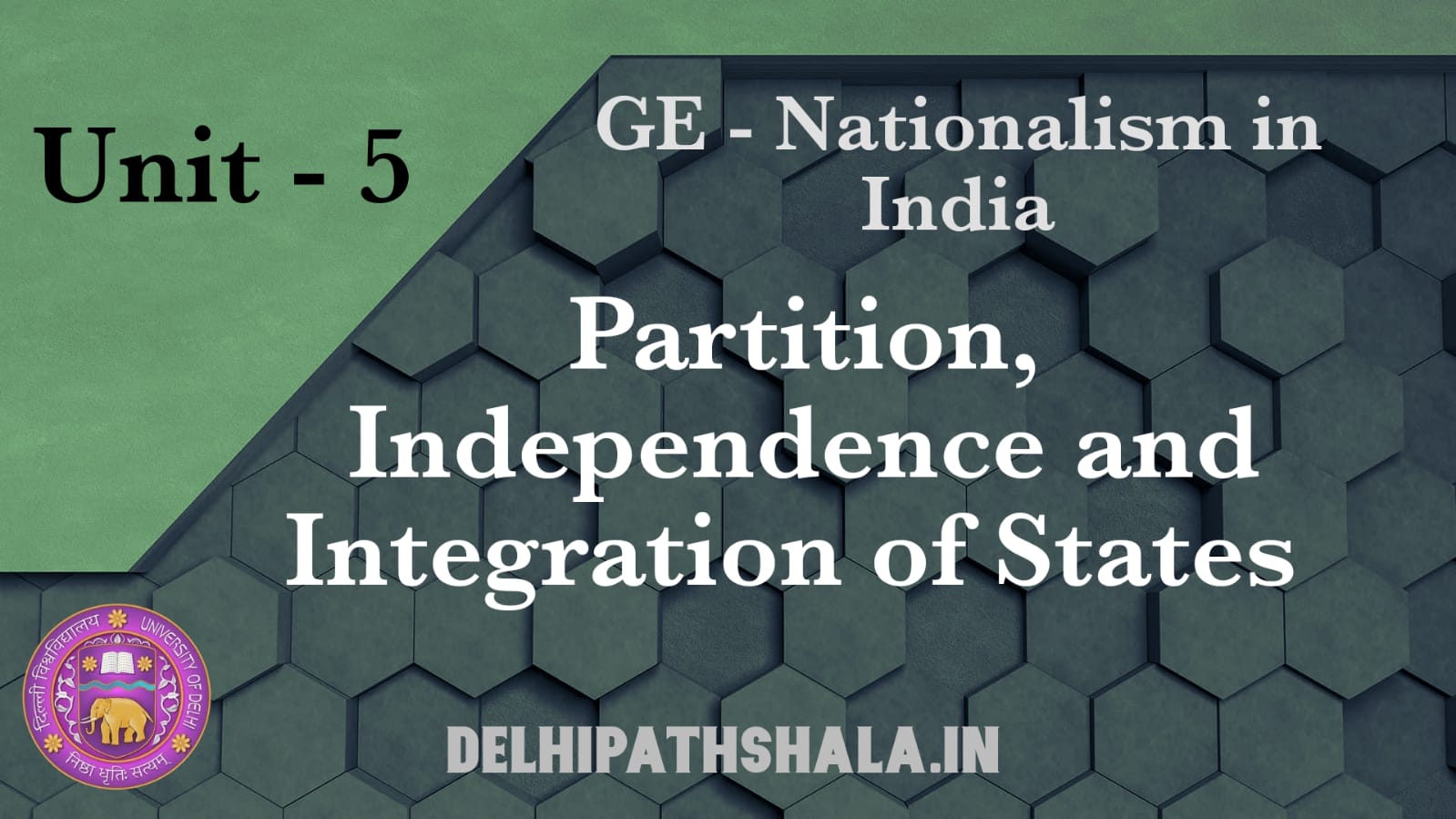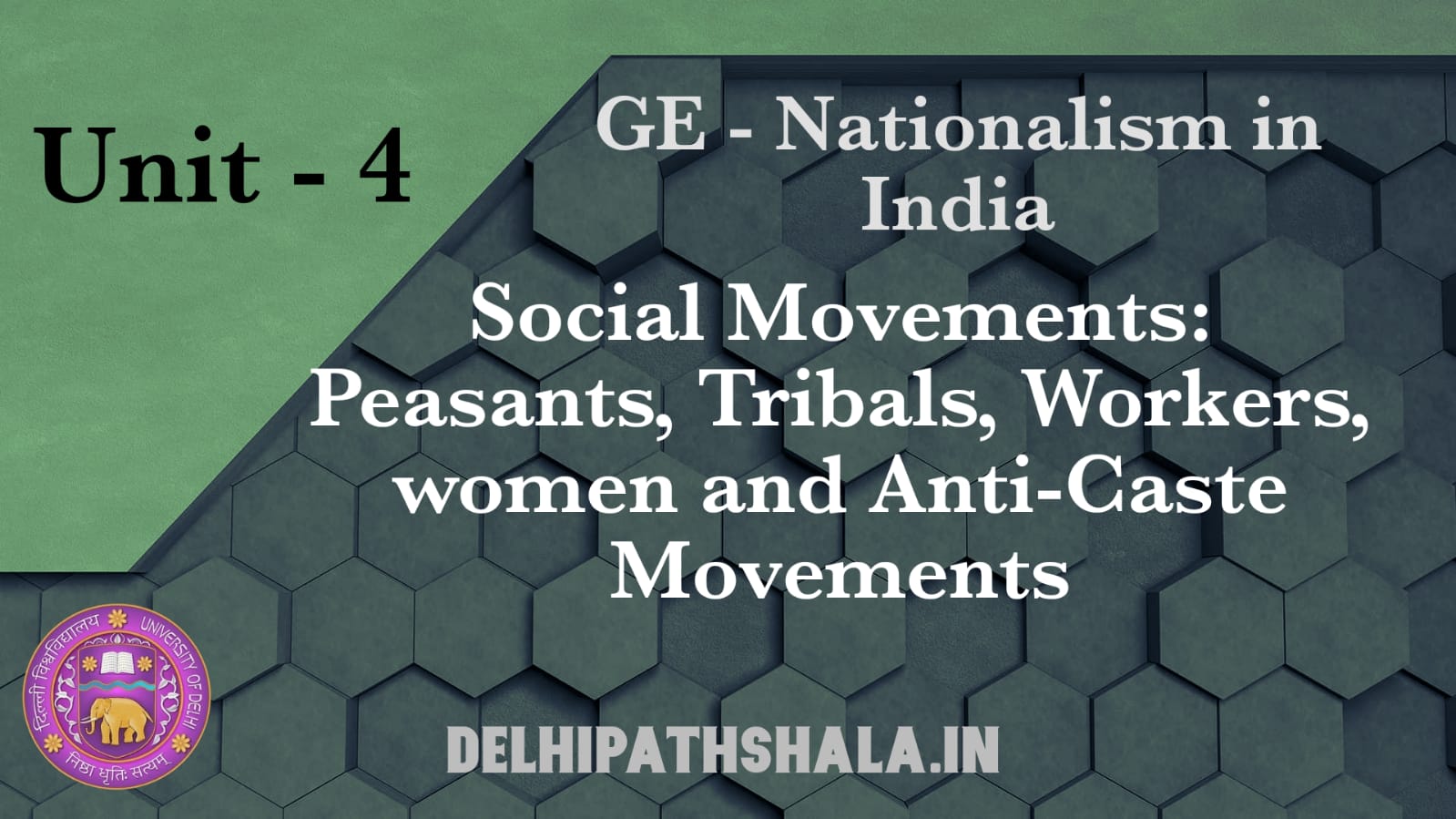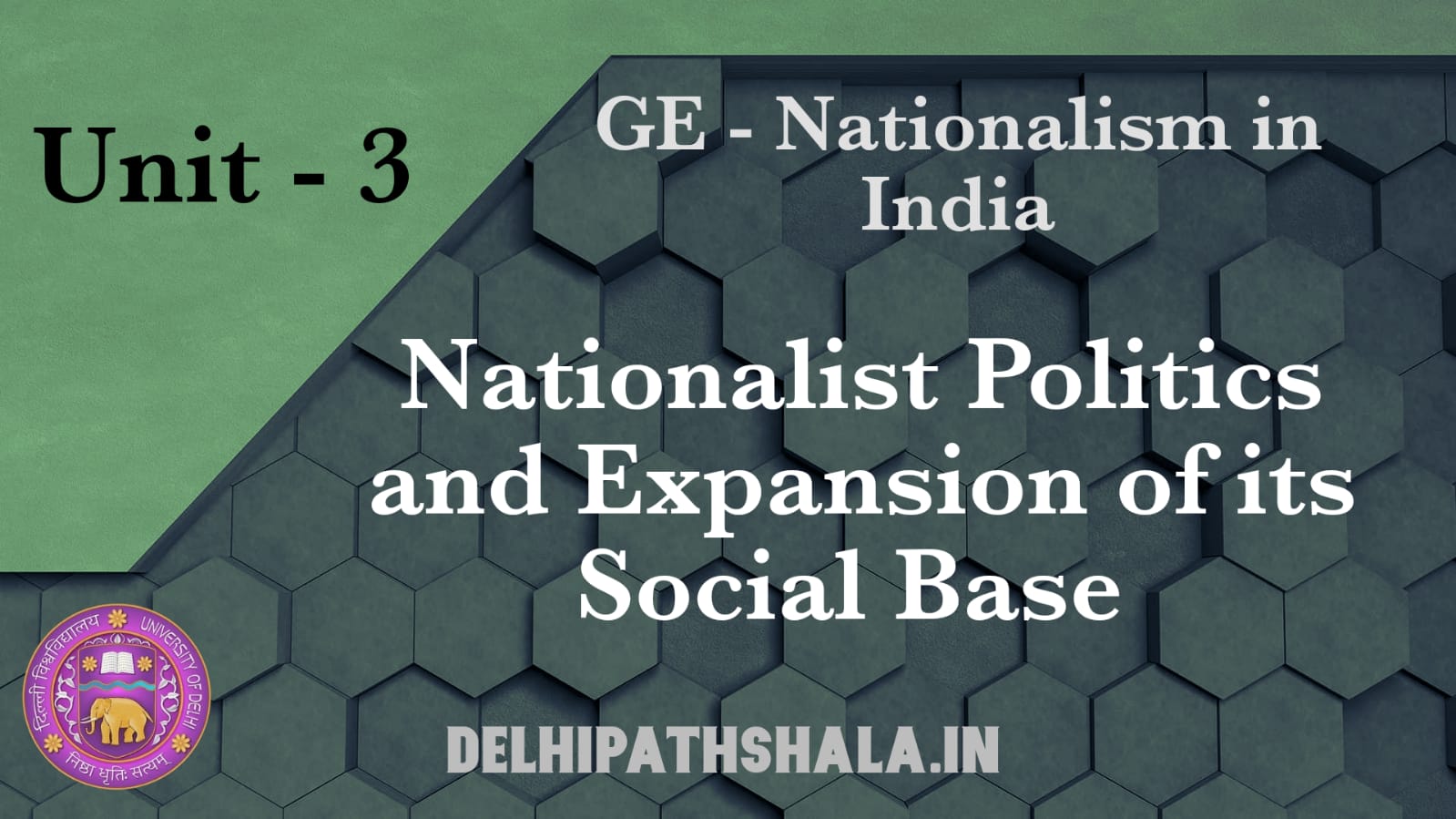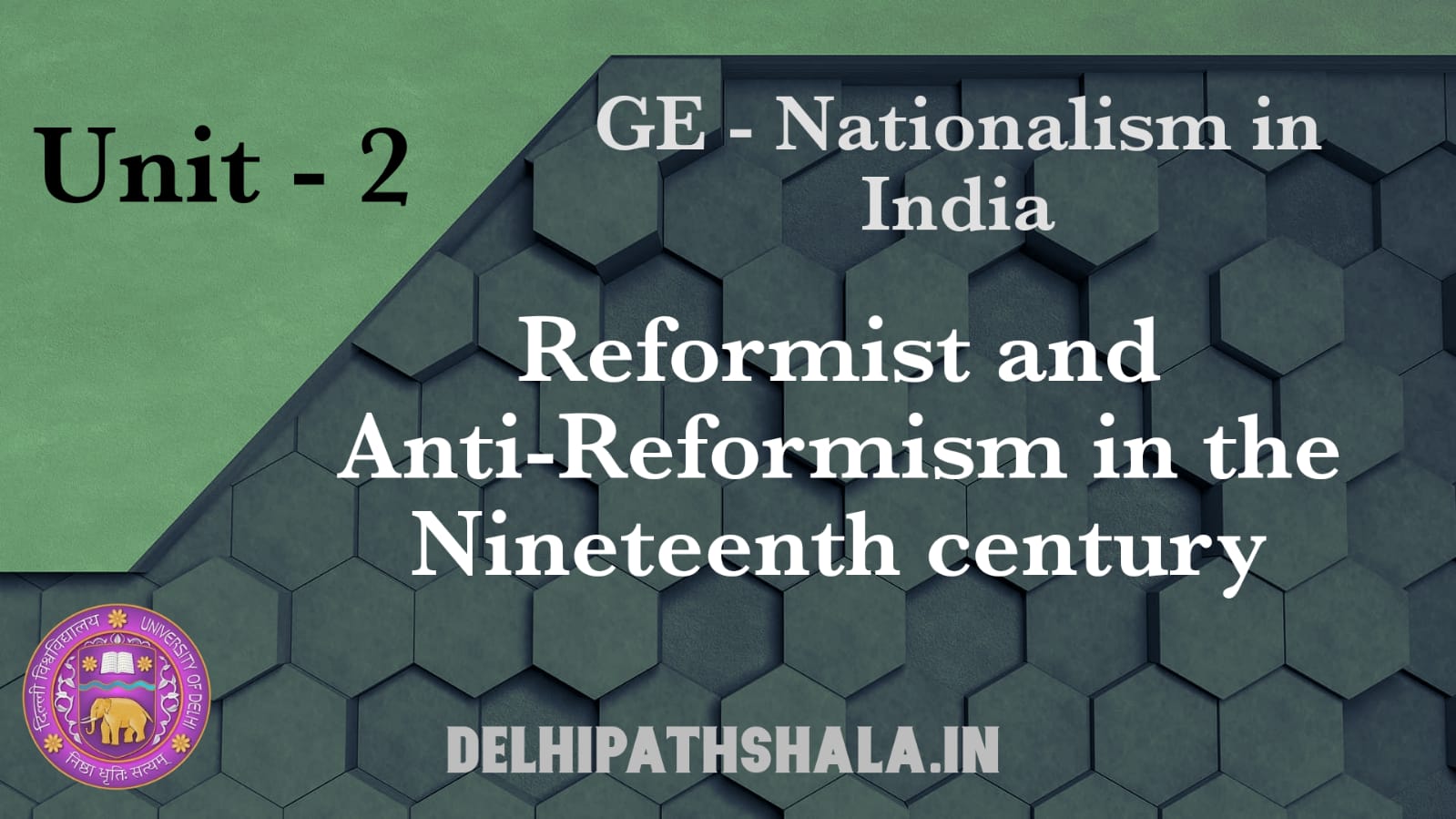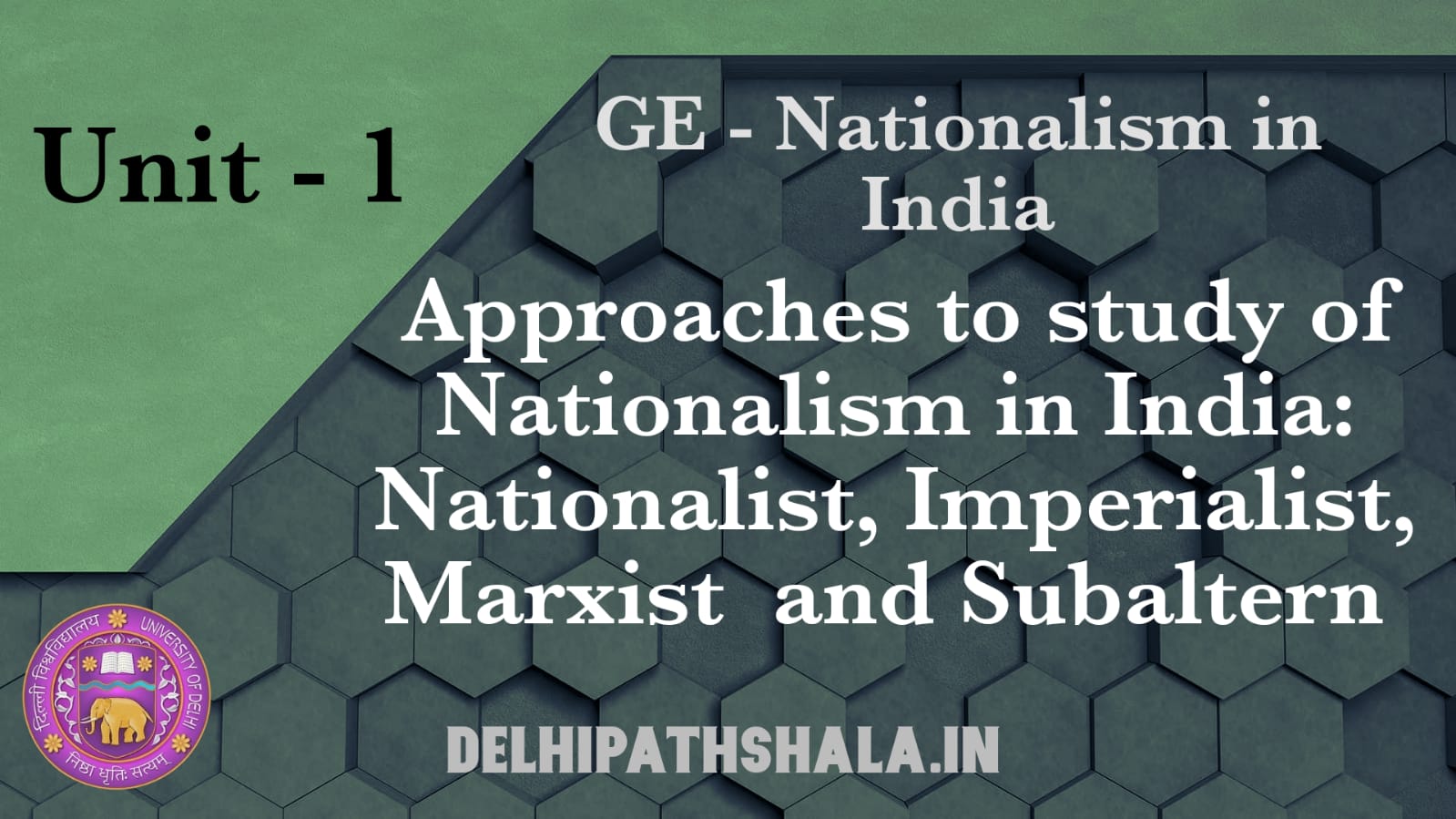Partition, Independence and Integration of states (GE)
Communalism in Indian Politics During the time of Indian nationalism and the struggle for independence, communalism played a significant role in shaping the political landscape. The period leading up to and immediately following independence saw the emergence of communal tensions that eventually led to the partition of India in 1947. Here are some more details […]
Partition, Independence and Integration of states (GE) Read Post »

